Here’s How the Red Cross is Contributing to Emergency Preparedness and Response in the USVI
By Kyra Edwards
(STX-February 27, 2023) As natural disasters and other crises continue to pose significant challenges in the US Virgin Islands, organizations like the American Red Cross of the US Virgin Islands have become essential in emergency preparedness and response efforts.
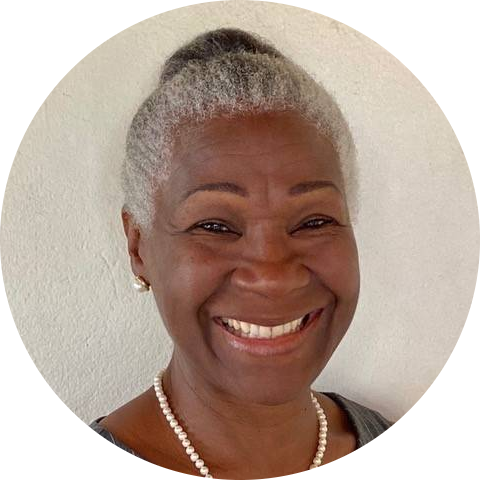
With its growing network of volunteers and extensive experience in disaster relief, the Red Cross is uniquely positioned to provide critical support and resources to communities in need.
To learn more about the organization’s contributions to emergency preparedness and response, we sat down with Tina Beazer, the Executive Director of the Red Cross in the USVI.
Q. The Virgin Islands is susceptible to many natural disasters: earthquakes, tsunamis, severe flooding, tropical storms, and hurricanes. What emergency preparedness plans does the Red Cross currently have in place to address those risks?
A. We provide preparedness presentations from kindergarten all the way up through high school. The programs are geared toward different age ranges.
We have the “Pedro” presentation, which is for the kindergartener through third grade, and then from fourth up, we have the “Pillowcase Project.”
The whole idea for the Pillowcase project centered around the fact that young people can help their families and themselves prepare by always having a pillowcase that is close enough to grab during evacuations.
Your pillowcase would be your go-bag. When we speak to adults, we speak to them about preparing a go-bag and having things such as a radio that doubles as a flashlight, a snack in case food is limited, some water, a whistle that can act as a signal if they are cut off from other people, etc.
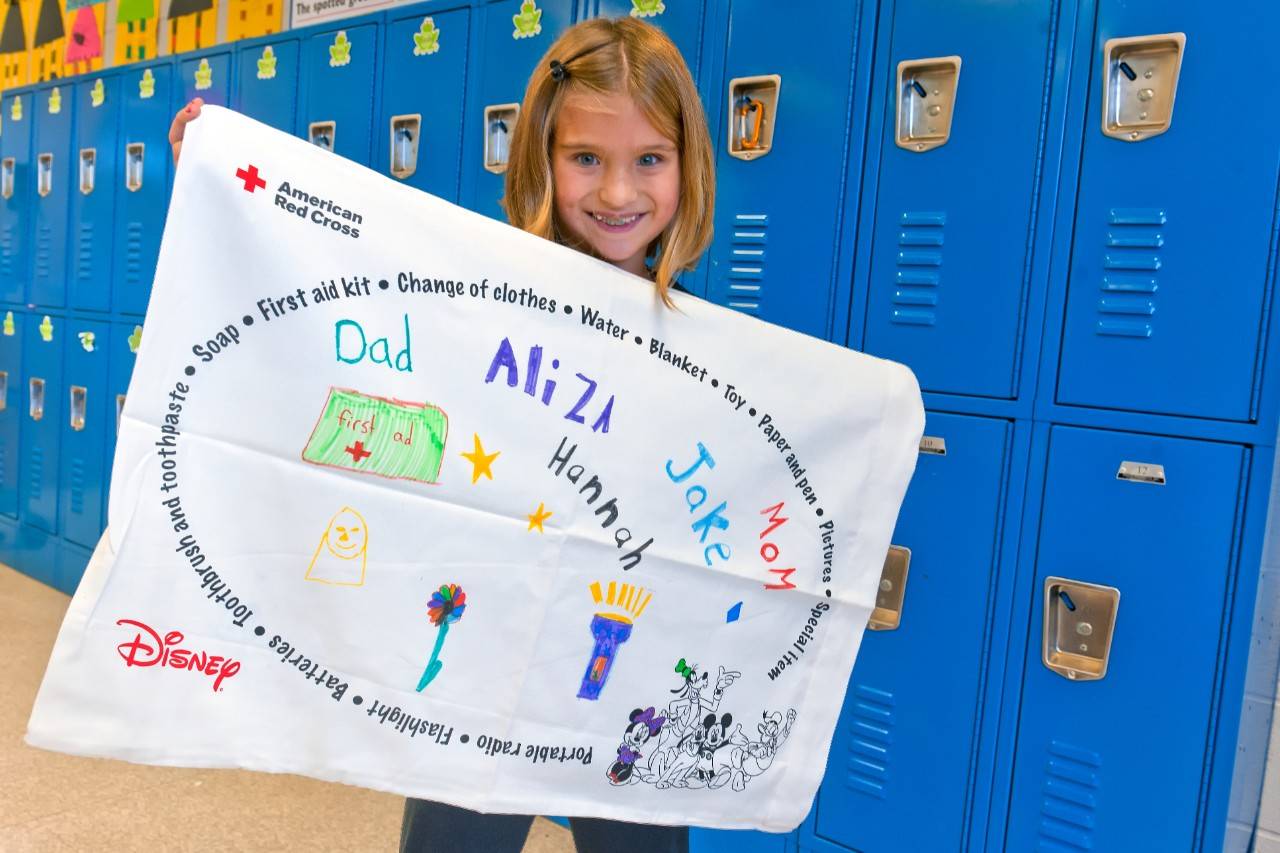
We advise teens and young children to have similar things in their go-bags. Their go-bag is the pillowcase.
When we make our presentations to the young ones in school, they can decorate their pillowcase, which makes it very personal.
We tell teens that they could pack certain things like a puzzle or a game that would help them to stay busy if they must go to a shelter.
For those in high school, we provide teen preparedness presentations.
We are also working on starting some Red Cross clubs that will allow teenagers to be involved as not just attendees of presentations but also giving the presentations themselves, and as support for the organization by accompanying the volunteers to different projects.
There are also a lot of videos that we steer individuals towards.
In my work as the director, I also get out quite often with the media companies when they allow us to come and speak to the community in general via radio or TV programs, reminding people of the importance of having communication devices in place, and numbers that are secured so that they can stay in touch with their family members at the onset of any kind of storm.
We also try to not let people think exclusively about hurricanes. The one thing about hurricanes is that they are predictable in terms of seeing the storm coming.
We do not always know if it will hit us, but at least we can prepare, so even if it comes, we are prepared.
We cannot prepare for earthquakes and tsunamis, so we try to remind the populace that those events occurred in the Virgin Islands in the past, so we should also prepare for them.
Q. Are there any emerging risks or challenges that your emergency preparedness plan is currently addressing, such as climate change, cyber-attacks, or pandemics?
A. Pandemics, yes. One of the things that we have done since the coronavirus outbreak is adding masks, gloves, and some sort of sanitizer to the go-bag.
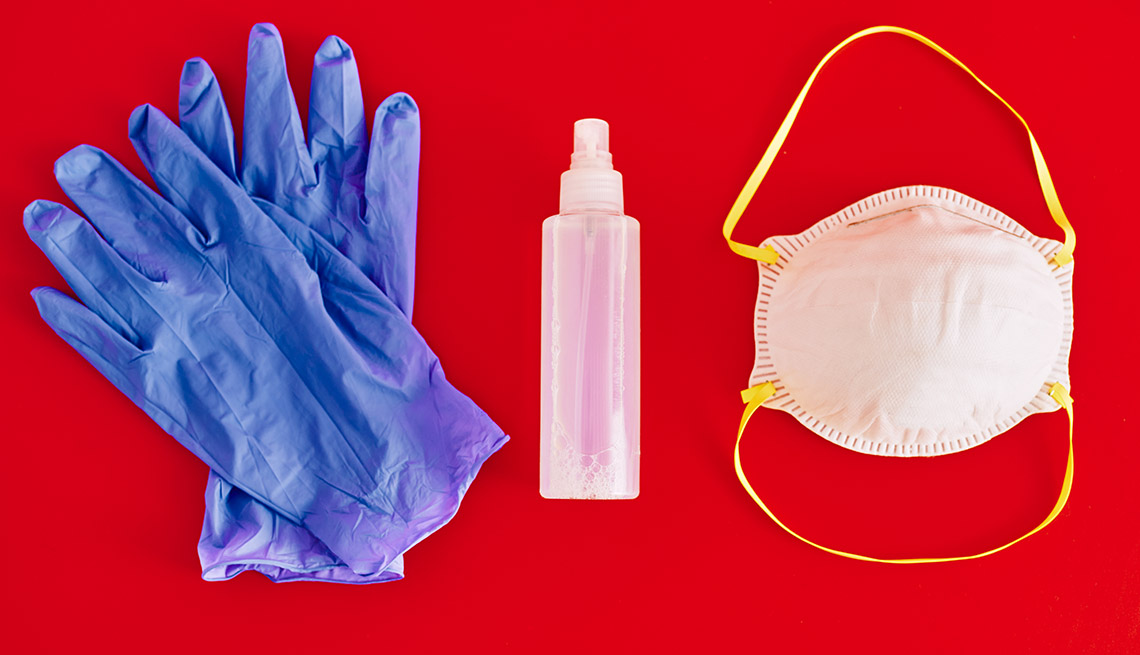
In terms of global changes, the Red Cross is very front and center with climatic events.
The organization has been educating and sensitizing employees and volunteers to climate change and how we can adjust behaviors in our lives because every little bit helps.
We have been looking at things such as utilizing solar.
Even for some of the go-bag items, we tell individuals to ensure that they have flashlights that also operate through solar charge.
Things are always changing here, so we are always looking at what else we can do to provide for clients so that we can help the community stay safe, and to come together to help one another stay safe.
Q. How does your organization measure the effectiveness of its emergency preparedness and recovery plans, and what steps are taken to continually improve them?
A. We heavily utilize surveys. Some emergency shelters in the USVI are managed solely by the Red Cross workforce in collaboration with the community or other governmental agencies, depending on the community.
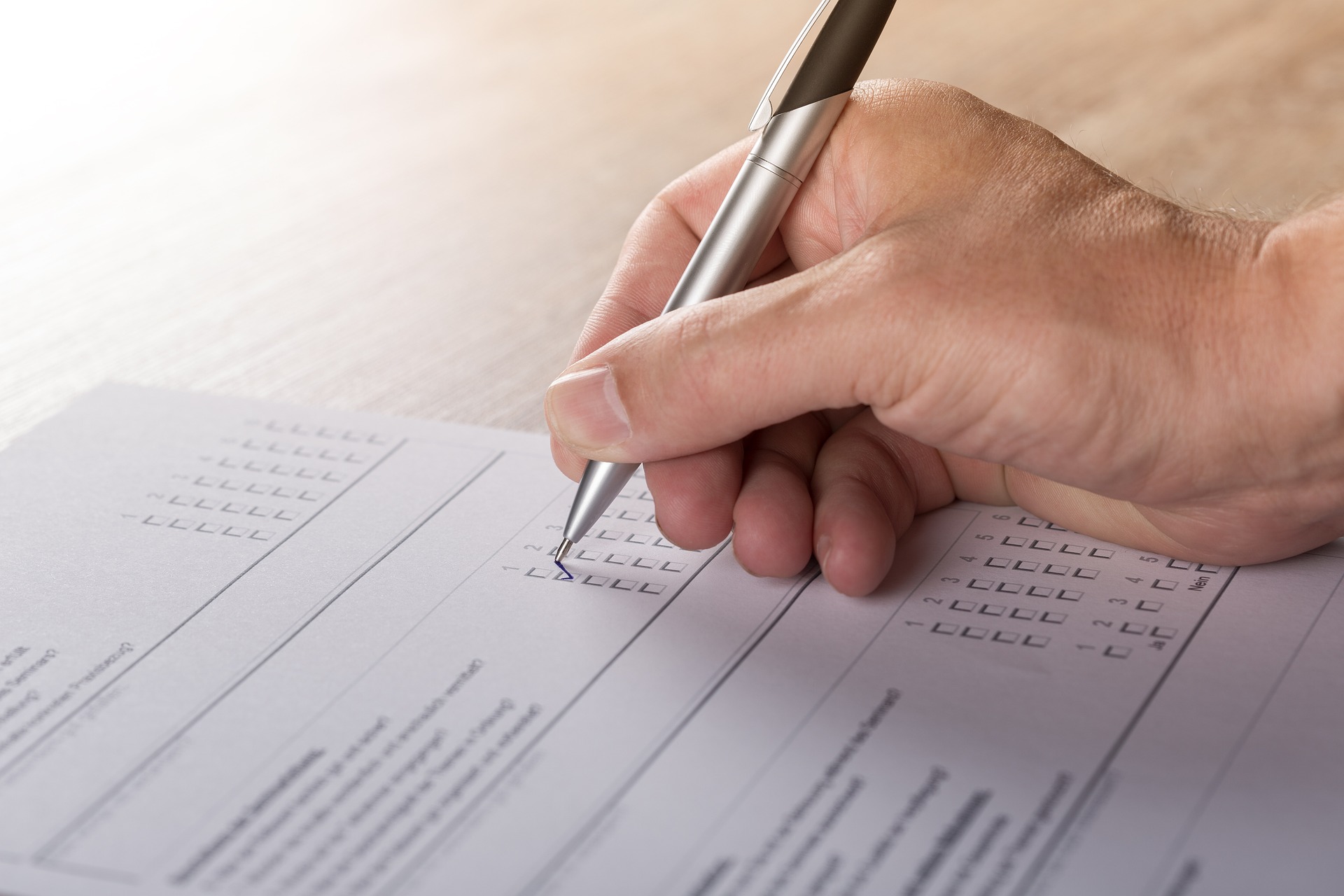 Red Cross does an exit survey of all our clients, asking them, for example: “Did you feel respected during their interactions with the Red Cross workforce?,” and, “Do you feel that Red Cross gave beneficial assistance?” We go straight to the clients.
Red Cross does an exit survey of all our clients, asking them, for example: “Did you feel respected during their interactions with the Red Cross workforce?,” and, “Do you feel that Red Cross gave beneficial assistance?” We go straight to the clients.
We also do surveys for volunteers to find out if they believe they are being adequately trained to support the community they serve and whether the Red Cross is supporting them as an individual.
When there is an emergency, everyone experiences it including the workforce so it is important to do these surveys to ensure that the workforce is being kept healthy because if we do not then the Red Cross cannot really provide adequate services to the community.
Q. Can you tell me a little bit more about how the Red Cross collaborates with the government, international organizations, and even neighboring countries to coordinate emergency response efforts?
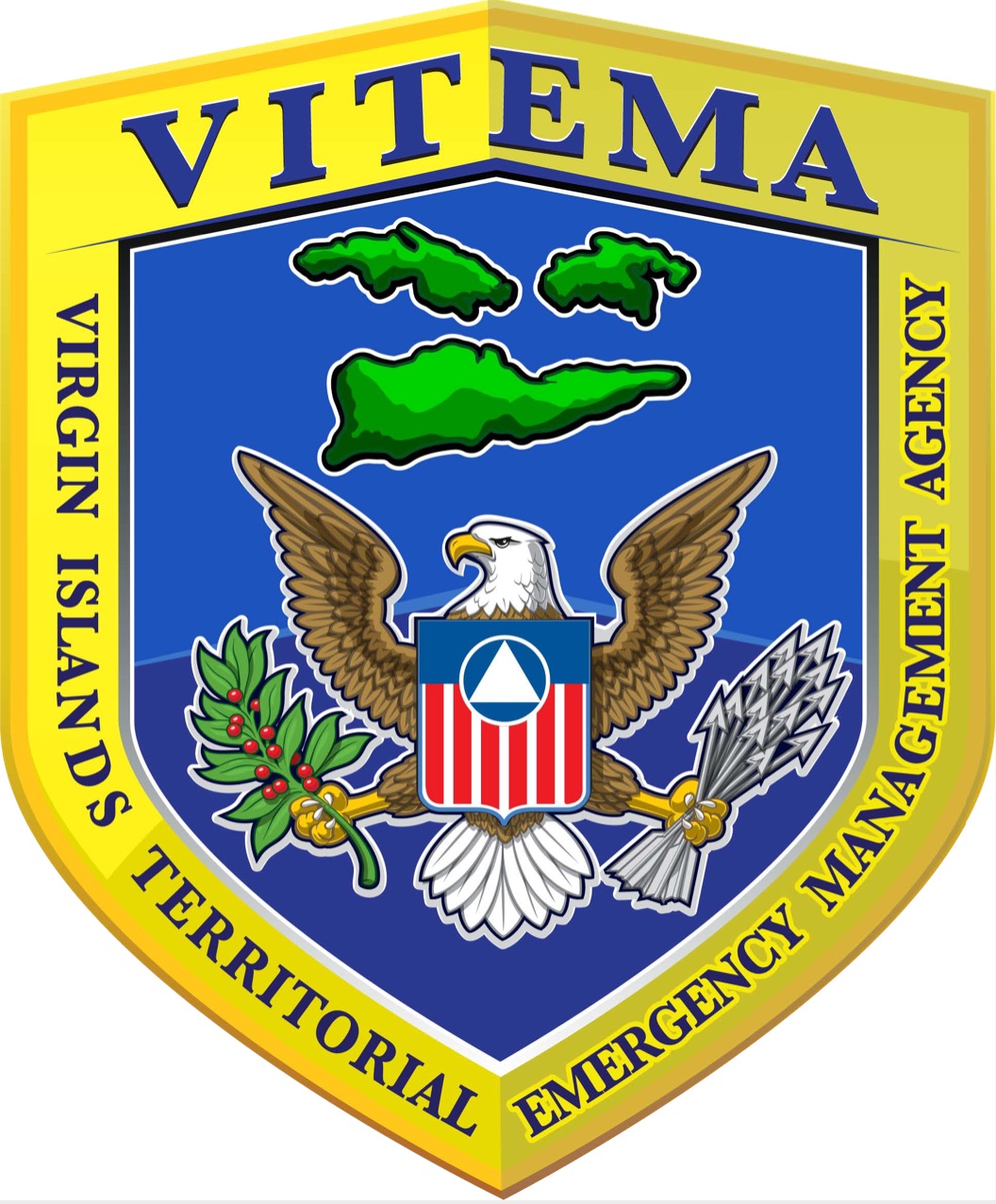
A. Here in the US Virgin Islands, we collaborate with VITEMA, and we have government volunteers that function as government operations personnel so during an emergency these individuals check in with VITEMA.
Sometimes, they must come in physically to the Emergency Operations Center, which VITEMA houses, and they will report what is happening with the Red Cross.
There are several emergency operations coordinators, and they are required to go through training.
The International Federation of the Red Cross coordinates collaboration among countries.
For instance, if the Red Cross of the BVI indicates the need for assistance then that request would come from the International Federation of the Red Cross, and then we would deploy our volunteers.
Q. Can you describe the key components of your emergency response plan, including communication strategies, evacuation procedures, and shelter provisions?
A. Here in the USVI, shelters are managed by the Department of Human Services, so we work very closely with that department.
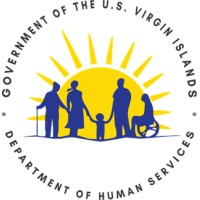
When the Governor of the USVI announces that shelters should be opened, we are responsible for getting all the resources that would be necessary for people to be cared for in the shelter.
We deliver pots, blankets, hygiene kits, and three days’ worth of feeding depending on the evacuation type.
Once we get everything set up, there is the registration process.
We work hand in hand with Human Services to ensure that people are registered which is necessary to know who is in the shelter, whether they are in the right shelter, and what their needs are because if someone is, for example, bedridden then that person would not go to a regular shelter, but rather a special needs shelter, which is run exclusively by the Department of Health.
We would also, in preparation, contact our volunteers so they would know what time to come out, and where they would be going.
We also have a program here that is one of our recovery and resiliency programs.
We refer to it as our DAT. D-A-T stands for Disaster Action Team.
These are volunteers who have agreed to respond to events that might take place during what is called “blue skies,” also referred to as “steady state.”
That means we are not necessarily working in the middle of a community disaster.
For instance, if an individual experiences a fire, they would contact the fire department which would then contact us.
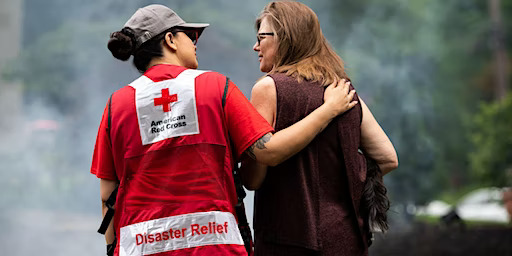
At least two volunteers in the DAT would go out, and while the fire department deals with the burning structure, we would assist and support the individual or families being impacted.
We provide them with comfort and take notes about their emotional levels because they might require some mental first-aid care.
We also provide them with financial assistance.
If they do not have a place to go, we get them temporary residence and get them back on their feet until they can contact the government for more assistance.
It is an incredibly involved program.
Many people may not think of fire as an emergency, but when your home is inhabitable and your life is in danger, it is an emergency. This is one of the things we do regularly.
Q. The last major disaster to affect St. Croix would have been Hurricane Maria. What are some lessons your organization learned from that emergency event?
A. One of the big lessons that we have learned is the need for enough volunteers.
For some reason, it seems in our community individuals do not understand what volunteering, especially the level of volunteering, that the American Red Cross requires.
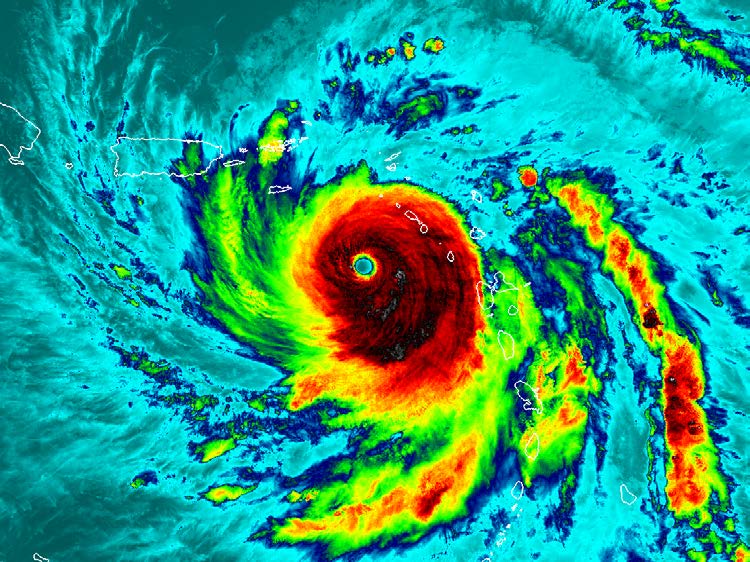
When Maria happened, most of the volunteers had to be brought in from the States and the problem with that is that there are some people in the community who feel that we should be able to take care of our own people.
We are constantly recruiting volunteers.
Each year, we go to the Agricultural Fair and come back with sheets of names, numbers, and email addresses, but then when we reach out, there are roadblocks, so that has been one hard lesson we are trying to rectify.
We are trying to determine whether we are reaching out to these individuals soon enough after having spoken with them.
We are working on refining our recruitment process so that when we reach out to individuals there is a mutual understanding of what they want to do and what we do.
Q. Do you have any last thoughts you want to share?
A. The American Red Cross in the US Virgin Islands has been here for over a hundred years now and so there are a lot of local Virgin Islanders who have served this community through this organization.
American Red Cross is yours, the people’s Red Cross. It is not mine. It is yours.
The volunteers are the ones who make the Red Cross what it is. It is a good organization to be a part of, so I really encourage individuals to join this organization.

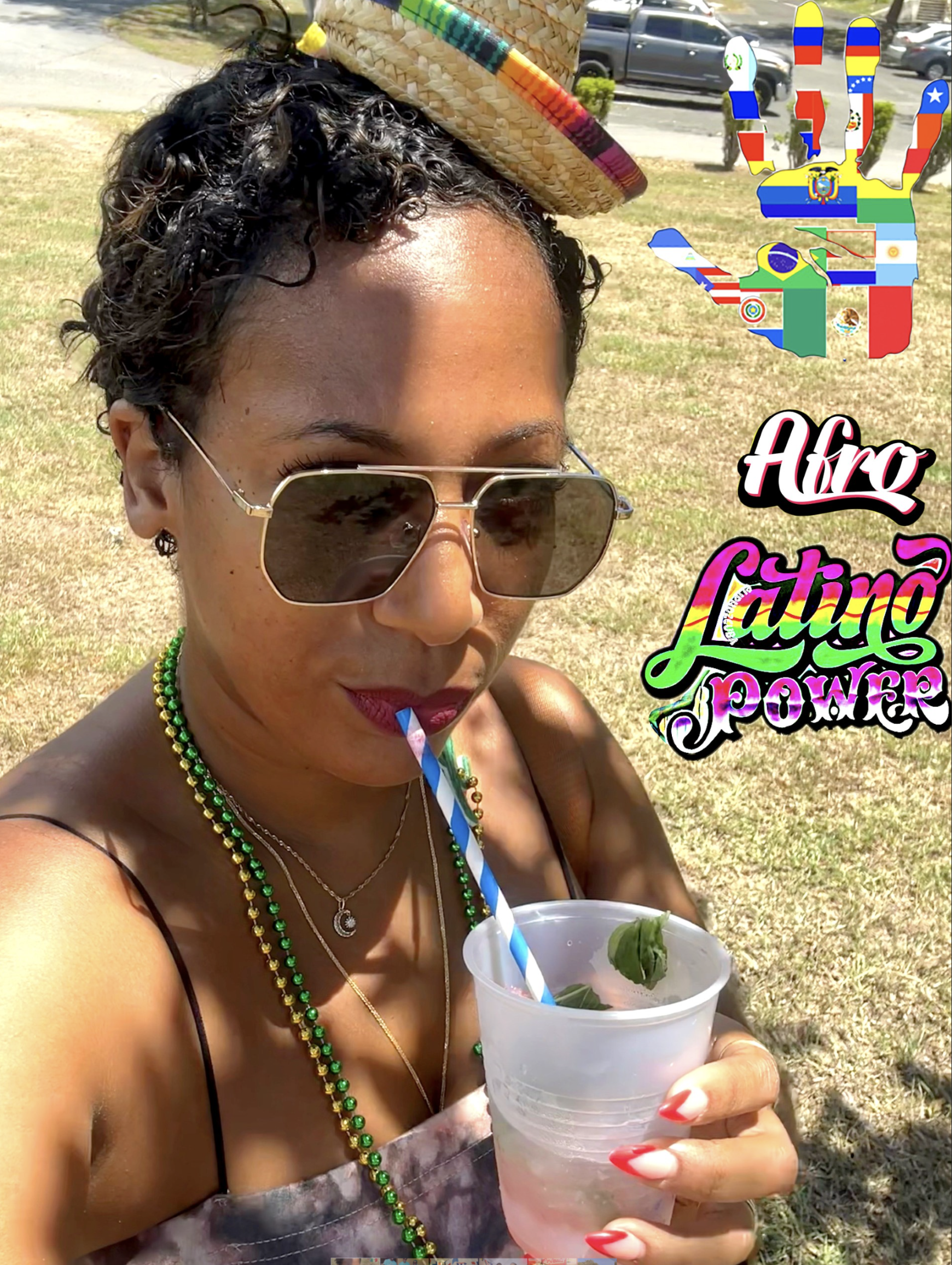

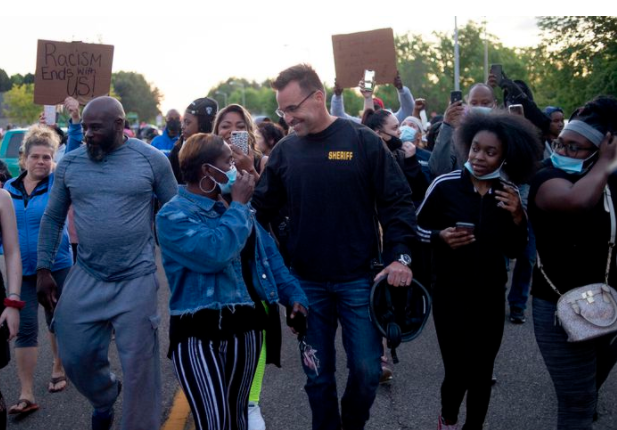
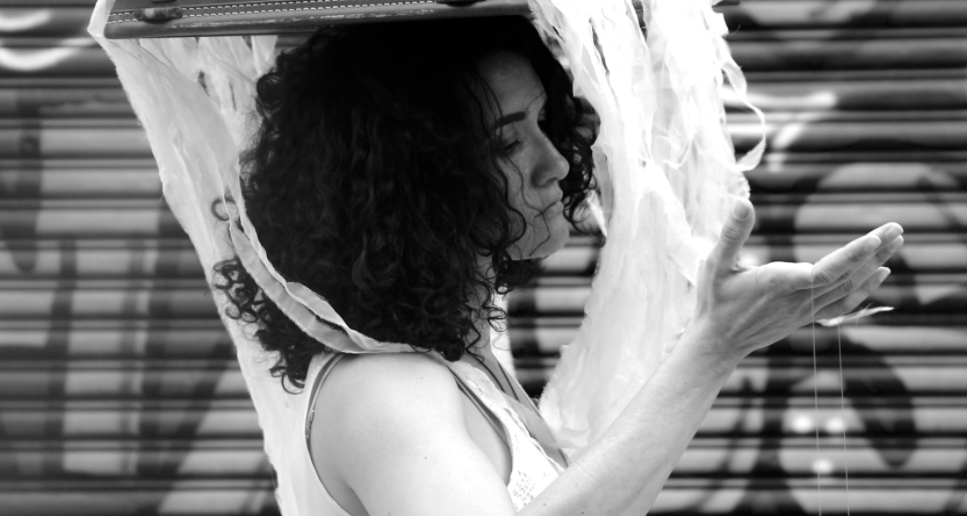
Living in the VI, where hurricanes are often our biggest and only disaster to affect us, knowing what to do and having the resources to do so affects us greatly. The Red Cross uniquely highlights this task, especially the volunteers that make their time count for the community. Kyra, you were brave to speak about this subject as it goes unnoticed by certain authoritative figures. Do excel in all of your endeavors.